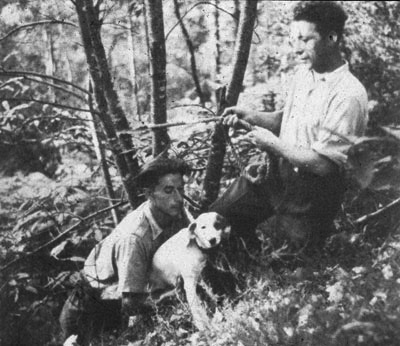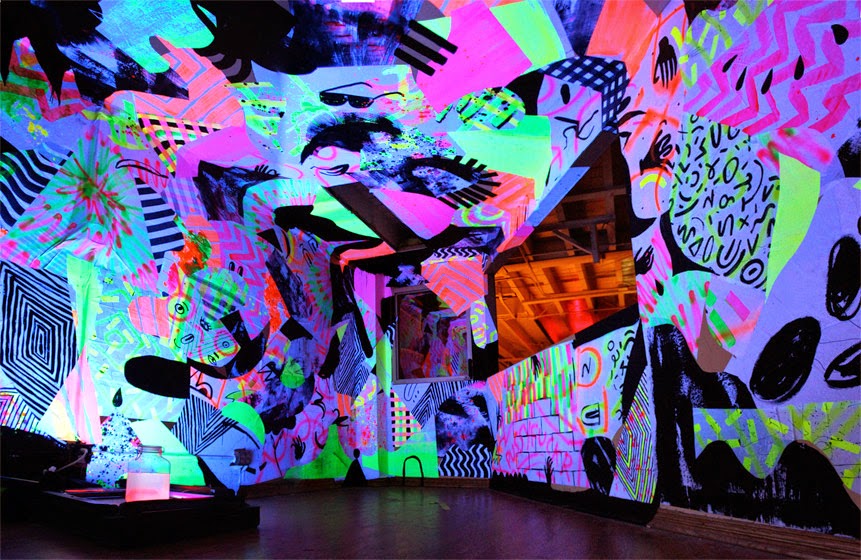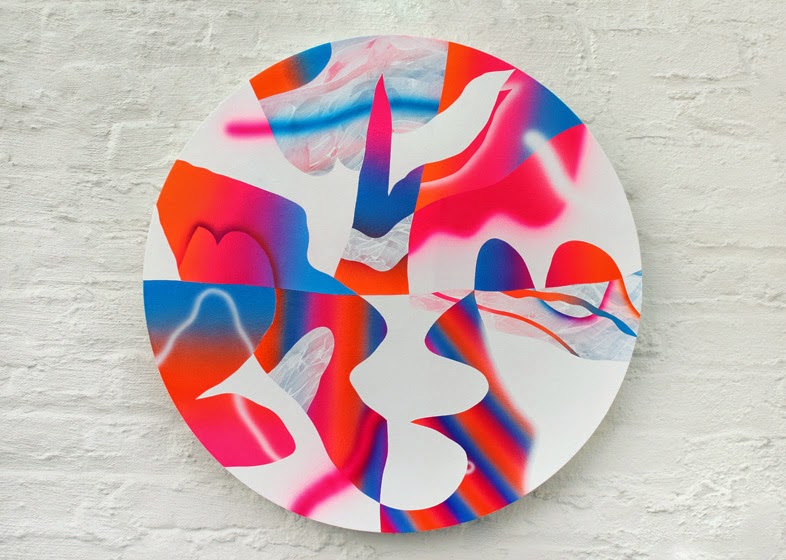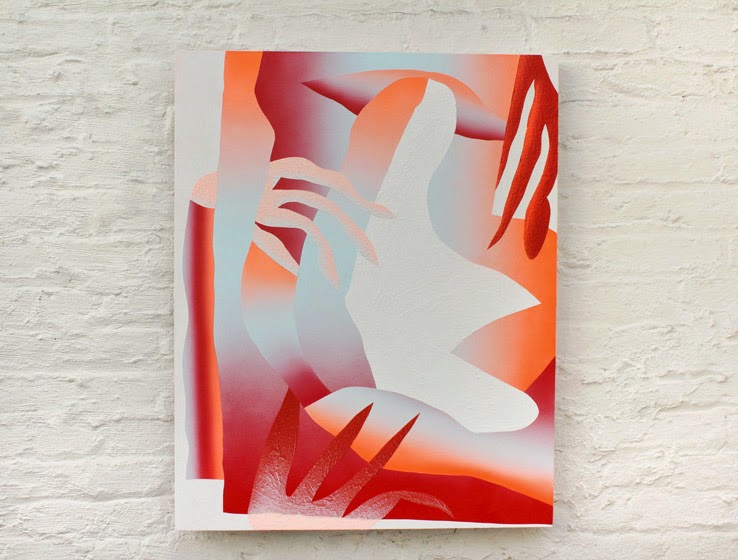**Article found at--
http://qvcproject.blogspot.com/2012/01/la-tragedie-de-lascaux-premiere-partie_12.html
This is a REALLY cool article about the discovery of a famous cave, the Lascaux Cave, in southern France. Give it a read if you're interested!!! :-)
A MOST IMPROBABLE DISCOVERY
Its somehow appropriate that a such a spectacular site have a good tale of discovery. The Lascaux discovery itself is almost unbelievable and seems to leap from a Spielberg movie. On September 12, 1940 four teenage boys, Marcel Ravidat, Jacques Marsal, Georges Agnel, and Simon Coencas, along with Marcel's dog Robot, set off to find gold riches supposedly hidden underground in the woods of Montignac.
 |
| Fig 1 The dog Robot, the hero of our tale, who sniffed out the hidden entrance to Lascaux, with two of the human-co-discoverers (unidentified). |
Robot began eagerly sniffing at a hole left by a fallen tree in the undergrowth of a depression on the forest floor. Thinking this might lead to the treasure, the boys pulled out some stones to enlarge the opening a bit. Each one then squeezed through the opening and climbed down a 15 meter near vertical shaft to the cave floor. Marshall recalled that “The descent was terrifying.”
In the chamber they used their small oil lamps to illuminate the cave. On the white ceiling above them they saw large red, black, and brown paintings of animals. Excitedly, the boys explored the rest of the length of the cave, seeing hundreds of animal figures by the flickering light of their lamps. At the end they came to a dark vertical shaft. With their lights running low they returned to the opening and climbed back up the shaft to daylight.
Pledging secrecy, they returned the next morning, now with ropes to assist them, and re-entered the cave. They went to the end of the cave and made another frightening descent down a second, 12 meter deep, vertical shaft to a lower level with more artwork.
THE FIRST VISITORS
By the third day of exploration the boys realized they couldn’t keep their discovery a secret. They agreed that each could bring five friends, but charged each one forty cents for the tour. This began the commercialization of Lascaux that would end so tragically. Of course once the tourists had seen the cave the word got out and more and more people wanted to see it. To accommodate them the discoverers further enlarged the entrance.
Soon the boys went to Leon Laval, their schoolmaster, for advice. Fortunately, Laval belonged to the Montignac Prehistoric Society. Although he was first suspect of the boy’s claims he soon went into the cave and immediately recognized the prehistoric nature of the paintings and their great scientific and cultural significance. Concerned about vandalism, Marshal pitched a tent and lived full time near the cave entrance, both protecting it and serving as its first tour guide.
RECOGNITION
One visitor was a student of Abbe Breuil, a noted Catholic priest and archeologist who has studied cave paintings around the world. The student made some sketches of the Lascaux paintings and showed them to Breuil who fortunately happened to be visiting in a nearby town. Breuil, his interest greatly stimulated, came to the cave and pronounced the artwork as authentic. Substantiated by such an eminent scientist, Lascaux became a sensation and the cave’s fame spread like wild fire as the “Sistine Chapel of Prehistoric Art.”
 |
| Fig 2 The 1940 visitors that established the authenticity of the Lascaux paintings, at the relatively undeveloped cave opening. Left to right: Leon Laval, Marcel Ravidat, Jacques Marshal, and Henri Breuil. |
THE TRAGEDY BEGINS
Lascaux was on the land of Count of LaRochefoucault and the family began to commercially promote visitation. Even though it was only three years after the end of the terrible devastation and dislocation of WWII, by 1948 over 1,000 people a day came to tour the cave. Although the cave was given statutory historic monument protection in December 1940, it was now on the verge of being loved to death.
 |
| Fig 3 The Lascaux discoverers in 2010. Left to right: Marcel Ravidat, Simon Coencos, Jacques Marshal, and Georges Angiel. Not shown: Robot the dog (deceased). |





























